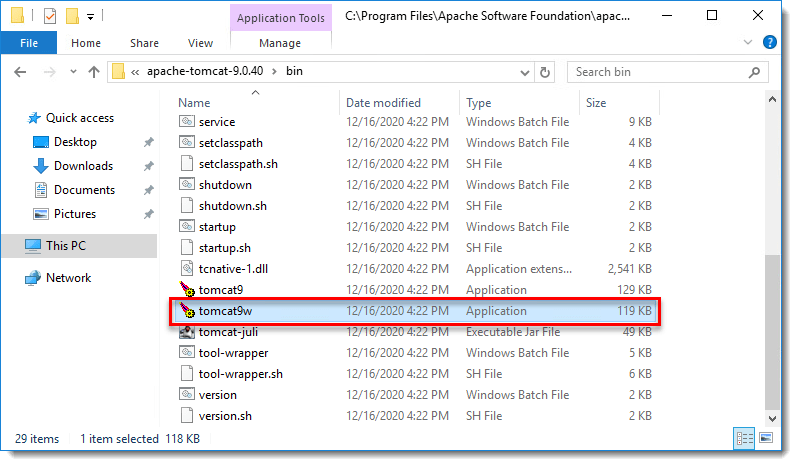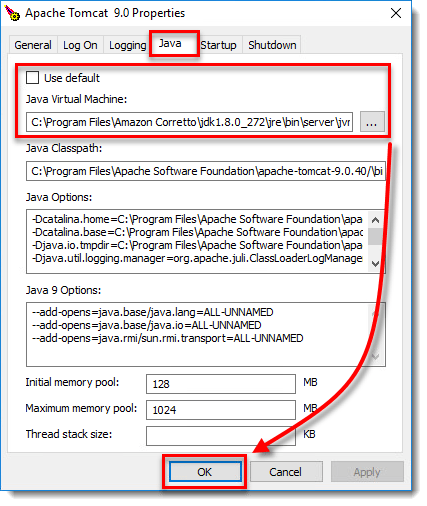Issue
- Check the Apache Tomcat service
- Error message from a Java update is received (error code 1)
Solution
Check the Apache Tomcat service
In cases where the ESET PROTECT Web Console is not running, verify if the Apache Tomcat service is running:
- Windows 7/10/Server 2016/Server 2019 users: Click Start → Run, type
services.mscand click OK.Windows Server 2012 users: On your keyboard, press the Windows key + R, type
services.mscand press Enter. - Locate the Apache Tomcat service and verify that Running is listed in the Status column. If it is not running, click Apache Tomcat → Start.
Error message from a Java update is received (error code 1)
While trying to start the service, you might receive the following error message, which may result from a Java update: “Windows could not start the Apache Tomcat on Local Computer. For more information, review the System Event Log. If this is a non-Microsoft service, contact the service vendor, and refer to the service-specific error code 1.“
If you receive this error while attempting to start the Apache Tomcat service, refer to the instructions below to resolve your issue:
- Navigate to your
%TOMCAT_HOME%\bindirectory (for example,C:\Program Files\Apache Software Foundation\apache-tomcat-9.0.40\bin) and double-click tomcat9w.exe (Tomcat_folderand tomcat9w.exe are examples – use the actual names on your system).

Figure 1-1
- Click Java, deselect the Use default check box and select the Java virtual machine file path (
C:\[Java folder path]\bin\server\jvm.dllorC:\[Java folder path]\bin\client\jvm.dll) and click OK.

Figure 1-2
- Start the Apache Tomcat service. The service should start without issue.
See the Troubleshooting section of the ESET PROTECT Administration Guide for more information.

